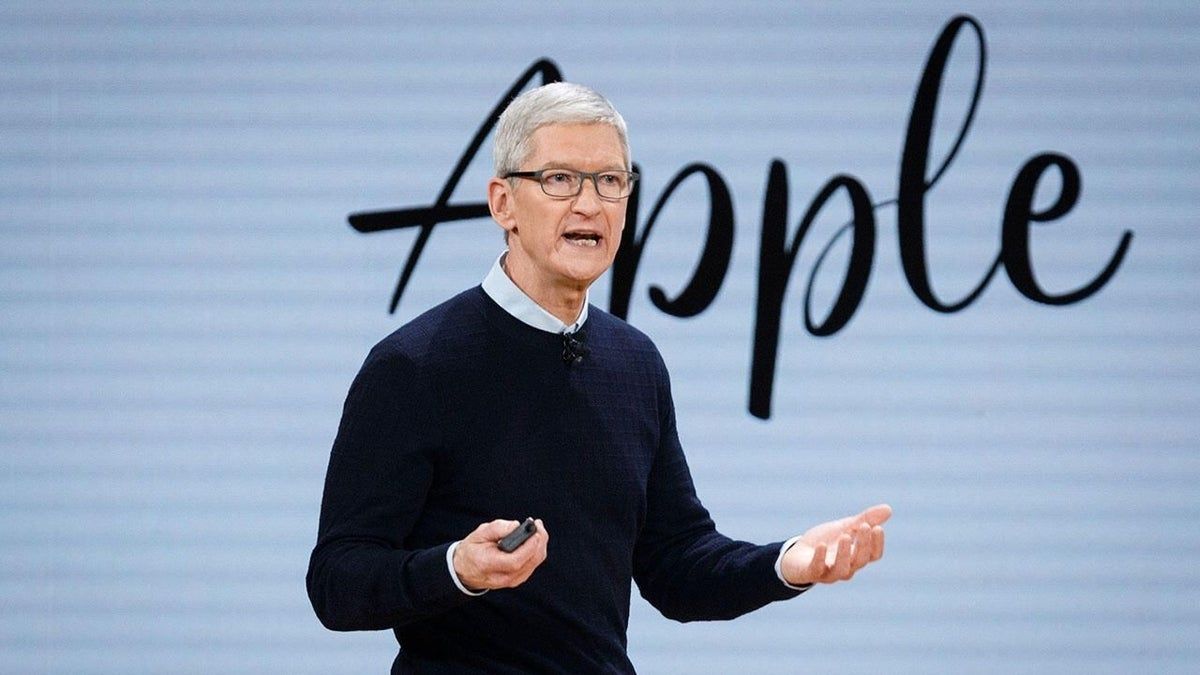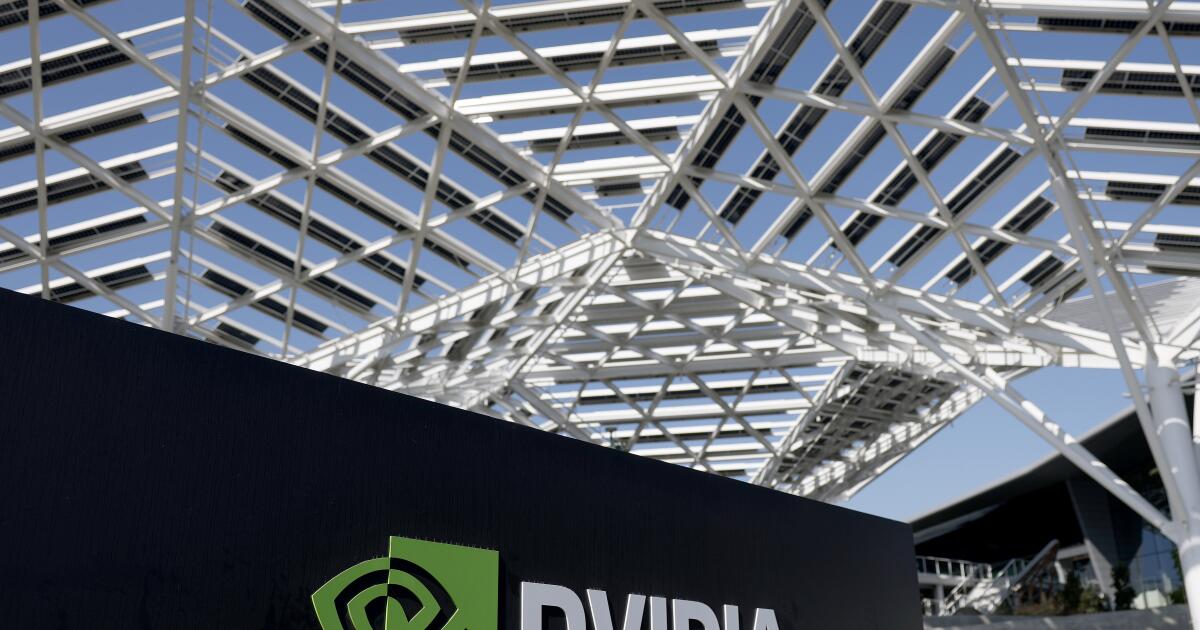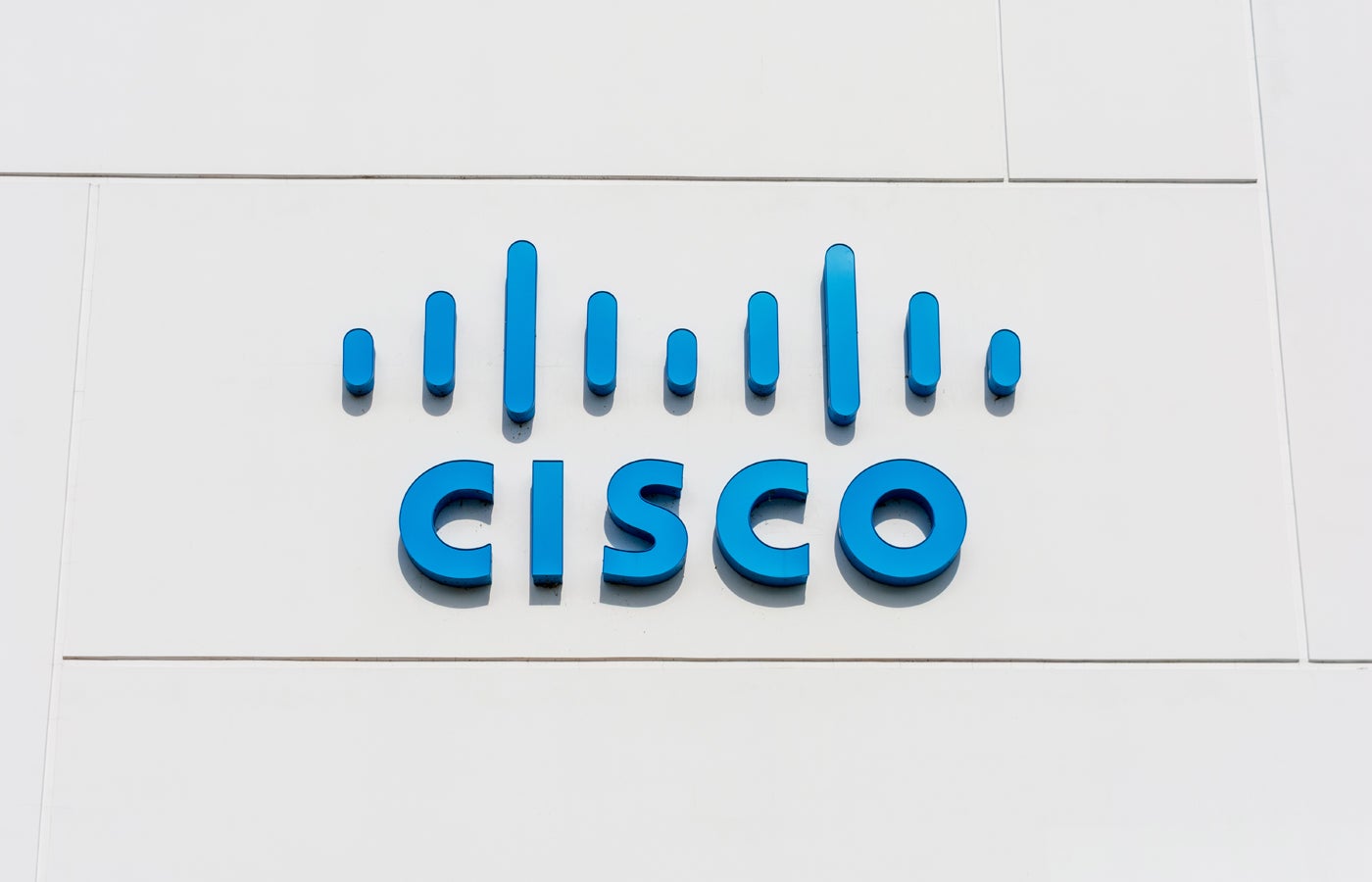Apple is trying to eliminate the dead points of the cell phone through expanded satellites, but Elon Musk Starlink will not allow that to happen without fighting, according to an exclusive report of the Wall Street Journal. The sources that spoke with WSJ say that Spacex is now pressing US federal regulators to stop Apple's expansion of their globalstar satellite service, which competes directly with the Spacex Starlink network.
As reported, the pressure intensified after the discussions between the two companies broke. Originally, they tried to reach an agreement to directly connect iPhones to Starlink satellites, but the conversations ended without a direct agreement. On the other hand, Spacex and T-Mobile will be able to offer their alternative satellite services in Apple Devices, a deviation from the famous Apple closed ecosystem.
Why satellite availability is limited
All satellites use radio frequencies to send signals to Earth. If too many satellites try to use the same frequency, the signals are confused, degrading communication and slowing down the data speeds. To prevent this from happening, most geographical regions license specific radio frequencies to certain satellite suppliers.
The more radio frequencies that controls a single company, the more data you can send and the faster your communication will be. However, if a company monopolizes too many radio frequencies in a region, it forces other satellite suppliers.
Other suppliers must offer limited services in a smaller bandwidth, or completely opt, which leads to dead areas without any service. Having a monopoly or a majority retention on satellite signals also allows the majority supplier to increase costs. This results in consumers who depend on prices that trust the supplier for cell phone service.
Apple and Spacex compete for satellite domain
Until now, Spacex has launched more than 550 satellites, much more than Apple, allowing Starlink to dominate the satellite connectivity market. Spacex launched its first Starlink satellite in 2018, and began offering limited access to its beta service on the Internet in 2020.
Apple did not start offering the service until two years later, when it reached an agreement with GlobalStar in 2022. GlobalStar actually hired Spacex to launch Apple satellites, which further complicates ties between companies.
Currently, Apple devices use this satellite service to send text messages and make your calls when there is no other cell service available. With this expansion of its GlobalStar association, Apple seeks to offer more connectivity in more remote areas outside the emergency scenarios, which will compete directly with Starlink.
This satellite space race marks the latest in a series of clashes between Apple and Elon Musk. Apple and Tesla have previously faced the distribution of X on Apple devices, as well as the development of autonomous cars using AI models.












